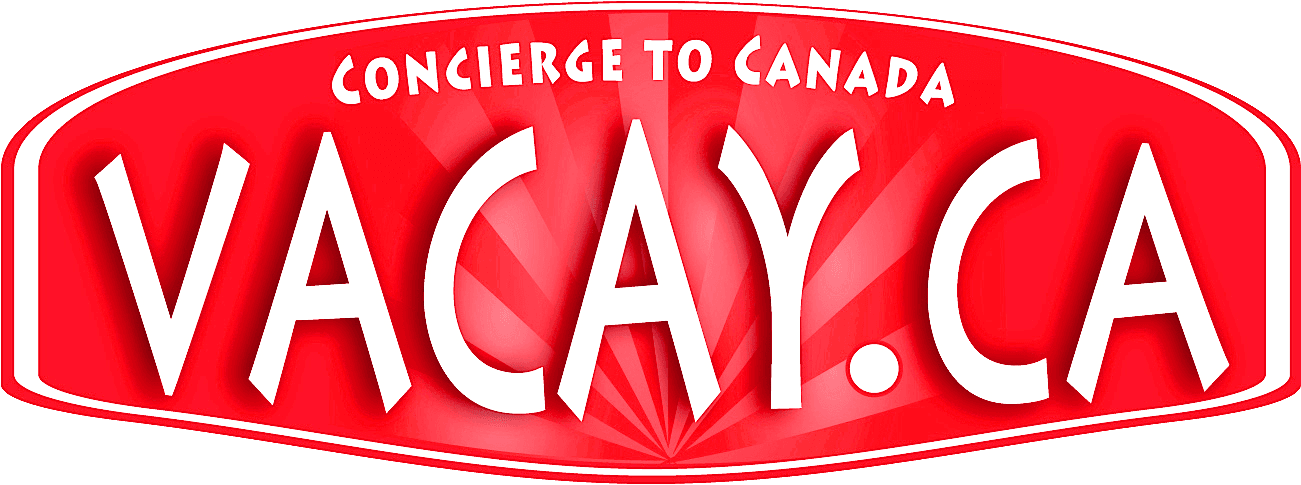
A pair of dancers show of their footwork and Bollywood-style fashion during the Edmonton Heritage Festival, a celebration of multiculturalism. (Photo courtesy of Edmonton Heritage Festival)
Story by Karen Johnsrud
Vacay.ca Writer
EDMONTON, ALBERTA — In a city that’s renowned for its festivals, organizers need to work hard to keep events fresh and prosperous. After recently celebrating its 40th successive year, the Edmonton Heritage Festival team can pat themselves on the back for meeting the challenge.
The festival, whose aim is to showcase the diversity in the city and across the country, boasted pavilions from South Sudan, Rwanda, Morocco, Lebanon and Haiti, all of which were new exhibitors. The coordinators also introduced a stronger focus on recycling this year and created a “Green Team” of volunteers to keep the park clean.
The Heritage Festival began in 1975 with only 11 pavilions: Arab, Caribbean, Chile, Philippines, Germany, India, Ireland, Japan, Korea, Scandinavia and Wales. These pavilions presented food, entertainment, interpretive materials and crafts during a single-day event that attracted 20,000 visitors. The festival expanded to two full days in 1979 and in 1993 became a three-day event. Jim Gibbons, executive director for the Edmonton Heritage Festival, attributes the event to Horst Schmid, Alberta’s Minister of Culture, Youth and Recreation from 1971-75. “He was fundamental in founding this festival, Fort Edmonton and the Fringe Fest. Who has done more for our city than him?” said Gibbons.
[box_info]Read About the Edmonton Fringe Fest[/box_info]
More recently the festival, which is held at Hawrelak Park, has shown an increase in attendance each year, with the 40th anniversary event receiving approximately 328,000 people over three days, culminating at the beginning of August. That makes it one of the largest celebrations of its kind in Canada, where multicultural events, such as Winnipeg’s Folklorama and Multifest in Halifax, abound.

More than 325,000 people attended the 2015 edition of the Edmonton Heritage Festival. (Karen Johnsrud/Vacay.ca)
After a rainy start to the weekend, my family and I attended the Heritage Festival on the Sunday, which dawned sunny and hot with a temperature of 30 Celsius degrees (86 Fahrenheit). Despite the extreme heat, the weather didn’t deter people from taking in the festivities. The festival is a popular one with Edmonton residents and seems to be a meeting place as much as an event. For visitors, it provides a fine opportunity to learn about the diversity of cultures in the Alberta capital.
Food From Around the World in Edmonton
This year, the celebration featured 61 pavilions that represented more than 85 cultures from all over the world. The scene was a kaleidoscope of colours and activity as many pavilions showcased a cultural display of some kind. Martial art demonstrations from Japan, salsa bands and dancers from Brazil, traditional dancing from Scandinavia, and musical performances featuring exotic instruments such as the krar, imblta and wata from Eritrea.
With more than 500 culinary tidbits to choose from and a continuous wave of delicious aromas, it was extremely challenging to decide what to sample. Therefore we preferred to wander aimlessly, enjoy the festivities and eat as our eyes and taste buds demanded.
Our culinary adventure included: BBQ beef and samosas from Rwanda; sambusa from South Sudan; poffertjes from the Netherlands; herring with egg butter on rye, riskrem and lefse from Norway; shawarma from Egypt; sharbat from Iraq; a beef donair from Greece; and delicious watermelon from the Arab pavilion.
As a new mom with a 10-month old son, I was delighted to find a Baby Care Centre, equipped with change tables, diapers and wipes, that provided shaded seating for nursing moms. The festival also featured a Seniors Tent, which provided welcome rest and relief from the heat.
The festival recruits approximately 2,500 volunteers annually and most of them return each year. In addition to being one of the most popular festivals in Edmonton, the Heritage Festival is also the single largest annual food drive for the Edmonton Food Bank with visitors contributing more than 50,000 kilograms of food. Festival guests are encouraged to bring a non-perishable food item or to donate a monetary gift to the cause.
A few hours later, departing with a full belly and a sleepy infant, we decided that one afternoon is definitely not enough time to spend at the festival. Perhaps in 2016, we will dedicate more hours to exploring the grounds. Especially as, according to Gibbons, there will be “a whole bunch of new stuff” to look forward to.
[box_info]
More About the Edmonton Heritage Festival
Location: Hawrelak Park, 9930 Groat Road NW (see map below)
2016 Dates: July 30-August 1
Website: www.heritage-festival.com
Food Purchases: Food is purchased by a ticket-only system at the event. Tickets can be purchased on the day or in advance. See the Heritage Festival website for further information.
Parking: There is no public parking at the festival, but the park does have an excellent Park ‘n’ Ride service. Schedule and pick-up points are detailed on the Heritage Festival website.
[/box_info]






